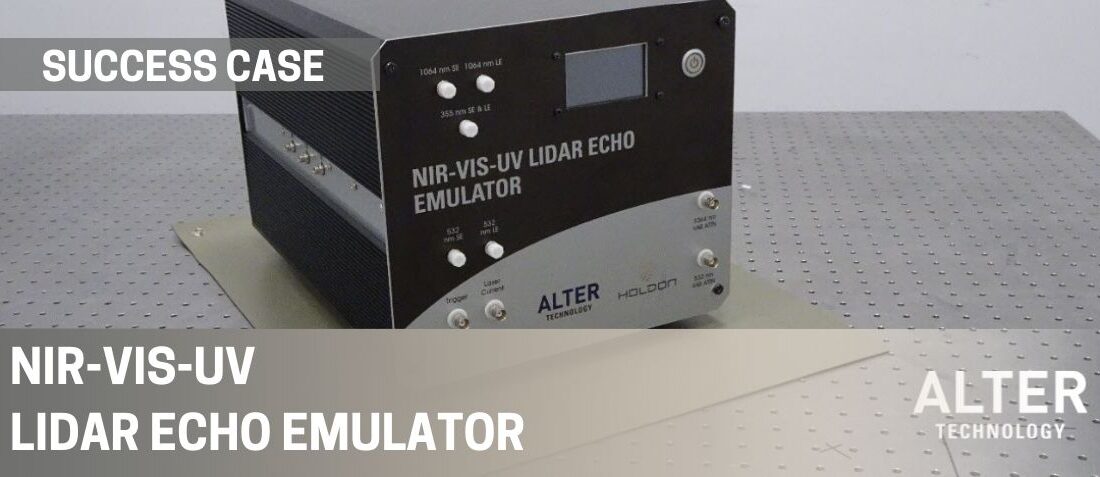
NIR-VIS-UV LIDAR ECHO EMULATOR
- Posted by doEEEt Media Group
- On January 31, 2022
- 0
The essential component of the final Lidar detection module, the heart of the HOLDON project
Greenhouse gases, such as carbon dioxide and methane, are the main drivers of climate change. For this reason, throughout history, systems have been developed to detect and quantify the concentration of these gases. The measurement system used is called LIDAR (Light Detection and Ranging). It is a system similar to RADAR, but it uses laser light instead of using electromagnetic waves.
Space agencies carry out numerous research projects to improve LIDAR measurement techniques in space.
One of these projects is the European H2020 project called HOLDON (HgCdte APD Optimization for Lidar Detection Of greeNhouse gas), whose objective is to optimize a novel lidar detection chain formed by an HgCdTe (MCT) avalanche photodiode (APD) directly hybridized with a custom design CMOS readout integrated circuit (ROIC).
Problematic
Before launch, any space component must be characterized on Earth in a real case scenario.
The MCT APD-CMOS ROIC hybrid detection module developed in the HOLDON project must be characterized using a custom device called a LIDAR echo emulator (LEE), also known as an optical pulse shaper (OPS) capable of emulating return echoes for the required wavelength range: 1064 nm, 532 nm, and 355 nm, which are the reference wavelengths for LIDAR systems in space missions.
Background
Before the birth of the HOLDON project, ALTER developed a LEE only at one wavelength (1064 nm). The system consists of two optical pulse generation systems, each one independent. Once the echoes with the appropriate requirements (waveform and power) were generated, they were joined by an optical coupler. The system (NIR-LEE) was delivered to AIRBUS (partner of the HOLDON project) to characterize other existing MCT APD modules.
The results of the characterization were satisfactory, but it was sought to improve some optical parameters in the HOLDON project. Subsequently, an optimization of the NIR-LEE was carried out using a novel technique based on delay lines that allowed to obtain the same results but using only an optical pulse generation system. Using this technique, a more compact system can be created with fewer optical components and, therefore, less cost and size.
Solution and results – HOLDON project
The system developed by ALTER within the HOLDON framework is called NIR- VIS-UV LEE.
NIR-VIS-UV LEE is a compact and portable device capable of emulating multiple LIDAR echoes in three different wavelengths (1064 nm, 532 nm, and 355 nm) generating pairs of echoes with a wide dynamic range to perform the characterization of the new MCT APD.
LEE provides three modes of operation: short echo, long echo, or overlapping echoes. The power difference between the echoes must exceed 60 dB in overlapping mode.
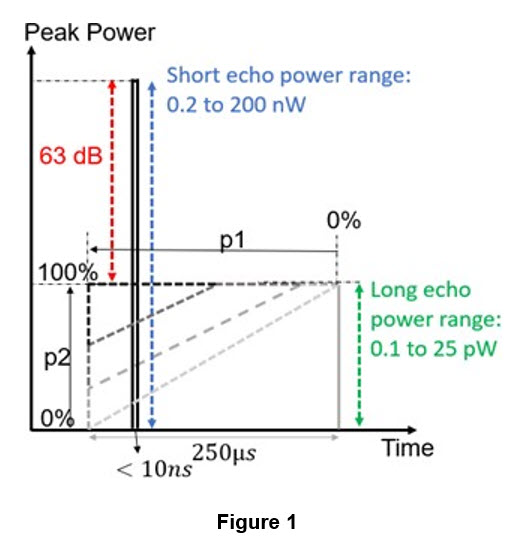
The features of the backscattered light (return or LIDAR echo) that the system emulates are shown in Figure 1. There are two types of echoes:
- a long echo (LE, with an extension corresponding to several tens of kilometers atmospheric path) is typically a faint signal having a ramp shape and length lasting hundreds of µs.
- a short echo (SE, powerful and equivalent to the solid obstacles) having a few ns duration which can be superimposed onto the long
The short echo has a pulse width <10 ns and an adjustable peak power between 0.2 and 200 nW. The long echo has a pulse width = 270 µs and an adjustable peak power between 0.1 and 25 pW. The short echo emulates the pulse emitted by the laser after impacting particles suspended in a volume along the laser beam, and the long echo simulates a continuous profile of attenuated backscatter versus distance or altitude.
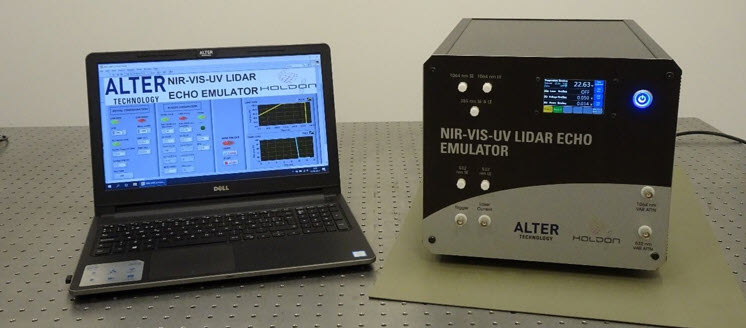
Figure 2. NIR-VIS-UV LEE module: hardware and software.
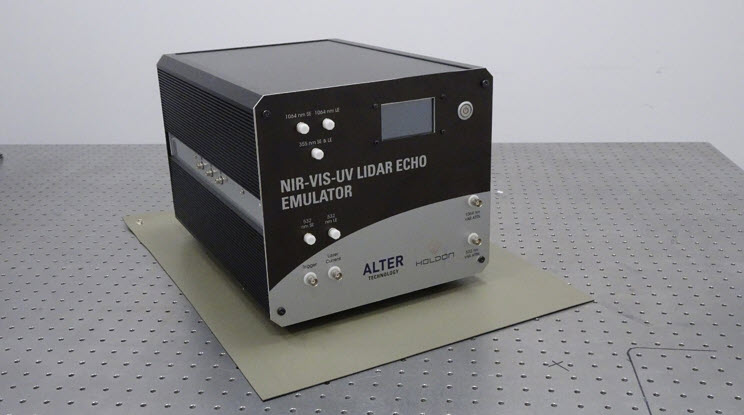
Figure 3. A screenshot with the eye diagram of the generated signal at 28 GHz (right), the values of some quality parameters of the eye diagram.
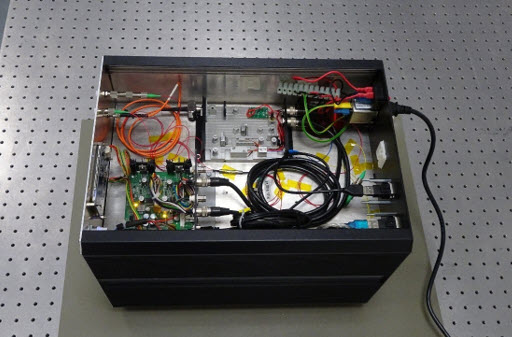
Figure 4. Top level of NIR-VIS-UV LEE module.
Currently, the NIR-VIS-UV LEE module (see in Figures 2,3,4, and 5) is at the AIRBUS facilities waiting to carry out the characterization campaigns of the lidar detection chain, which are scheduled to take place at the end of this year.
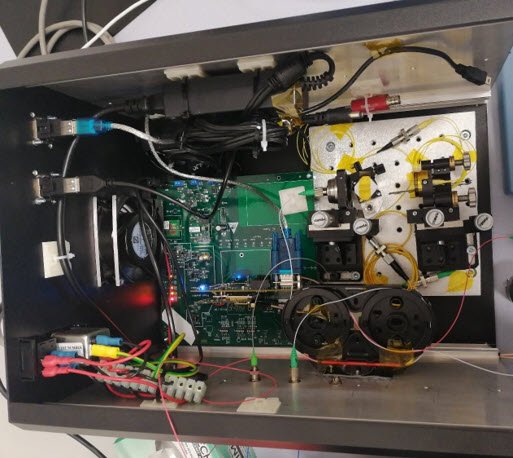
Figure 5. Bottom level of NIR-VIS-UV LEE module.
GET IN TOUCH TODAY!
Do you have questions? Contact us!
ALTER TECHNOLOGY LAB EXPERIENCE
- Space-Grade components available for immediate delivery - April 10, 2025
- Exclusive stock on doEEEt: How to access and request - April 10, 2025
- Managing EEE components for LEO and lower cost space missions - December 17, 2024


0 comments on NIR-VIS-UV LIDAR ECHO EMULATOR